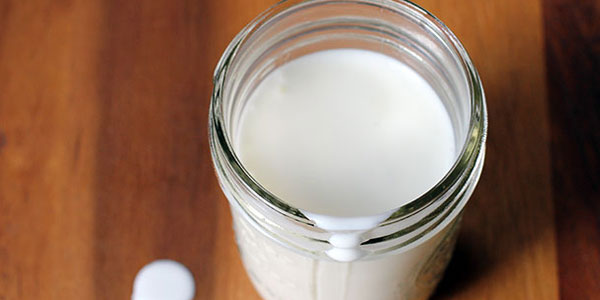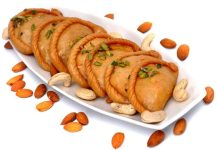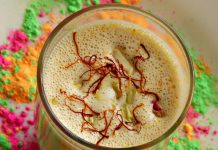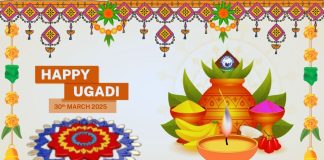
Before the massive urbanisation and arrival of aerated cold drinks in India, buttermilk used to be a favourite item to be served both as a speciality and as an adjunct to the daily meals. Many Vedic hymns give its reference. Its antiquity leads us to the roots of the Indian civilisation.
One famous saying goes thus: what “amrita” is to the gods, buttermilk is to human beings. Known as “takram” in Sanskrit and “lassi” or “chhaachh” in common parlance, buttermilk has been discussed in almost every ancient ayurvedic text. Acknowledging its immense therapeutic and nutritional value, it has been mentioned as the best among all milk products.
Defining buttermilk, Acharya Sushruta has written that it is a compound made of curd and water , subsequently churned so as to have the contained cream and butter completely skimmed off. It should be neither too thick nor too thin. Two other varieties of buttermilk also find mention in ayurveda . One is called “ghola” made by simple churning of curd without water and the other one is known as “mathita” or “maththa”. It is the crushed curd with a little water added to it.
Buttermilk is an assortment of three tastes – sweet, sour and astringent. With the sweet post-digestive effect, it is slightly hot in potency and is light and soothing in effect. Buttermilk controls the vitiation of all the three “doshas” and is nutritive, freshening and appetising in action. It is a highly acclaimed medicine for diarrhoea, dysentery, chronic specific and non-specific colitis, piles, jaundice, and also in conditions where liver and spleen dysfunctions are involved. Buttermilk is also used in some of the “panchkarma” procedures. Some of its common household uses are as under”
Diarrhoea and dysentery – Buttermilk has been used in gastrointestinal upsets since time immemorial as it helps in both acute and chronic conditions where the patient passes watery or semi-solid stool. Mixing of half teaspoonful of dry ginger powder in a glass of buttermilk adds to its digestive and carminative properties. Emaciated patients suffering from chronic sprue can also take buttermilk preferably before noon. The famous classic ayurvedic medicine “takrarishta” in which buttermilk is the chief ingredient is also helpful in such conditions.
Piles and intestinal worms – Those suffering from first degree piles of a bleeding or non-bleeding nature get symptomatic relief by the use of buttermilk. For this purpose one to two gm simple powder of “hararh” can be taken twice daily with a glass of buttermilk for some time. Similarly, to cure stubborn intestinal worm problem, one gm powder of seeds of “vayvding”, which are commonly available at the pansari shop, can be safely used for a few days.
Liver diseases – In jaundice and alcoholic liver diseases regular use of “takram” immensely helps the patient to regain normal appetite and digestion. For faster relief, one gm powder of any of the proven liver protective herbs like bhringraj, chiraita or kalmegh can be taken along with buttermilk.
Buttermilk recipe – To make an all season nutritive drink of buttermilk, take half a cup of home-made curd. Blend it slowly for a few minutes. Slowly add one glass of cold water and blend it again. After discarding the fatty foam appearing on the top, add half teaspoonful of cumin powder, a few leaves of mint, and a pinch of rock salt (table salt can be a substitute).
Blend just enough to mix the spices evenly and serve at room temperature.
Caution – Buttermilk should not be used during the flare-up phase of rheumatoid arthritis, in severe constipation, asthmatic conditions and following immediate exposure to heat. After taking into consideration the seasonal specifications and individual suitability, one can, for better results, use appropriate additives to it.
The writer is a Ludhiana-based senior ayurvedic consultant.




